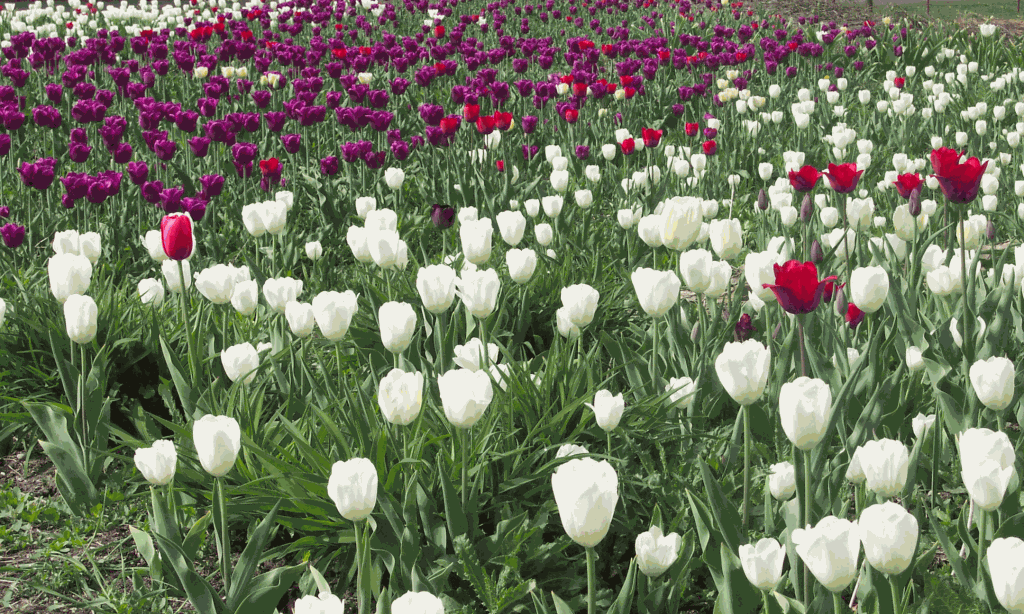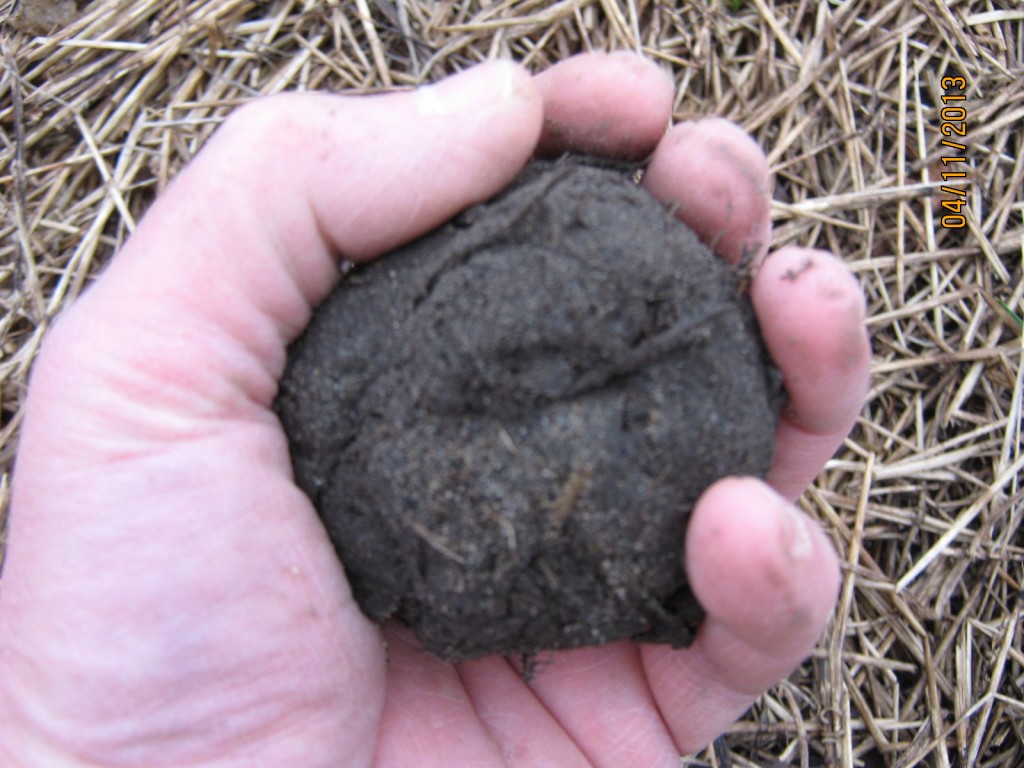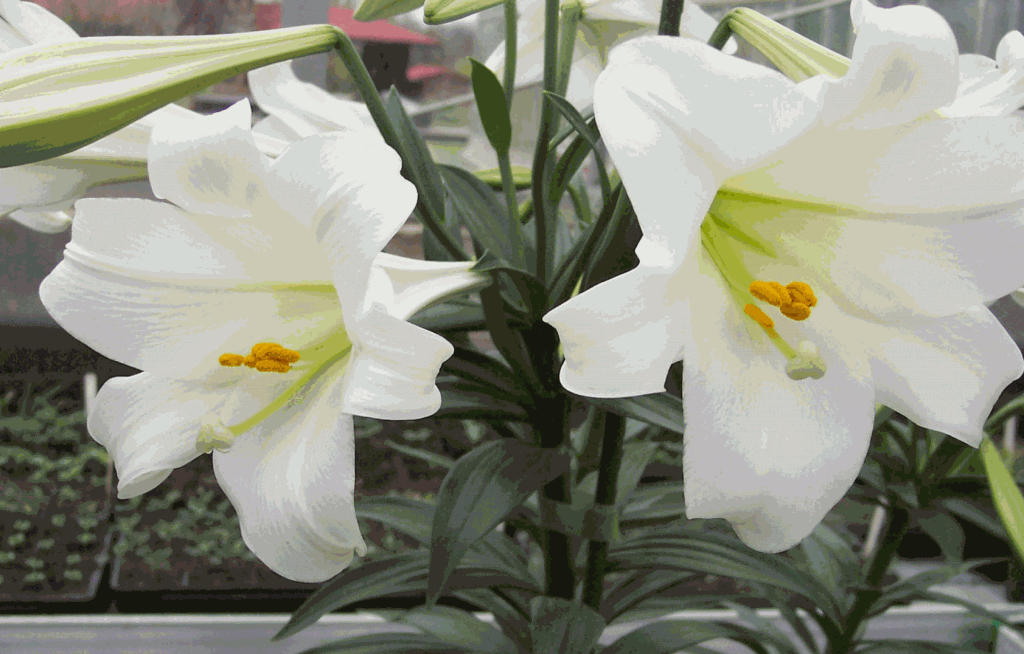It looks like a good spring for forsythia this year. I’m seeing plenty of yellow flowers on forsythia shrubs all around our area.
Some bushes have loads of flowers while others look not quite as nice. The difference is, gardeners with forsythia loaded with flowers have taken the time to prune their shrubs, while the others have just let their shrubs fend for themselves.
Unfortunately, some people prune their forsythia right along with their other trees and shrubs in the early spring while everything is still dormant.
Forsythia flower buds grow and form during the summer then, open up and bloom in the spring. So, if you prune in the spring while the plants are dormant, you end up cutting off those flower buds that grew last year.
The proper time to prune forsythia is right after the flower petals fall off of the stems.
Remove the largest, coarsest stems by cutting them off right at ground level. This will stimulate your shrub to send up fresh, new stems with plenty of those flower buds we’re looking for.
Next spring you’ll have a more balanced looking shrub with a profusion of yellow forsythia blossoms. Your neighbors will think you are a gardening genius.
Bob


